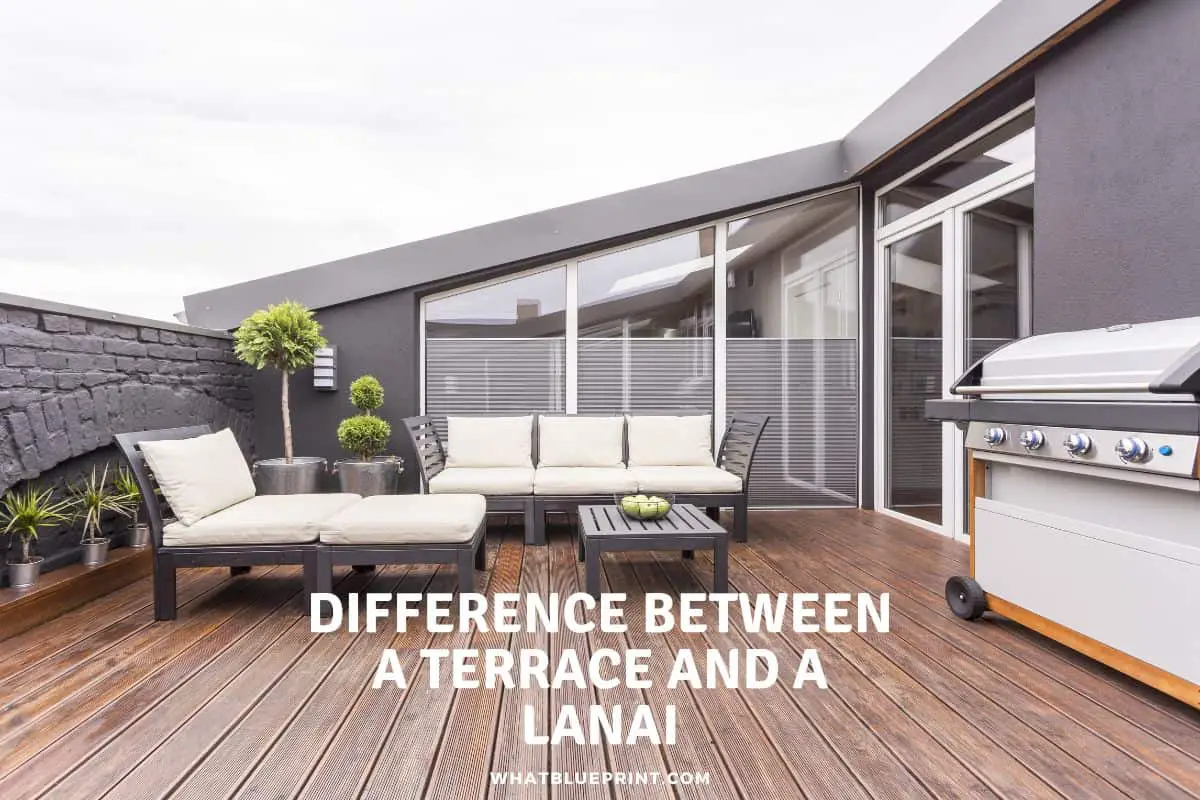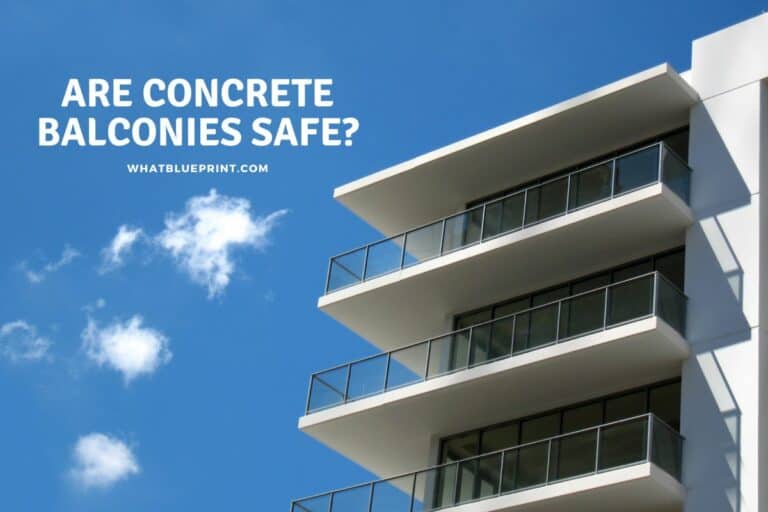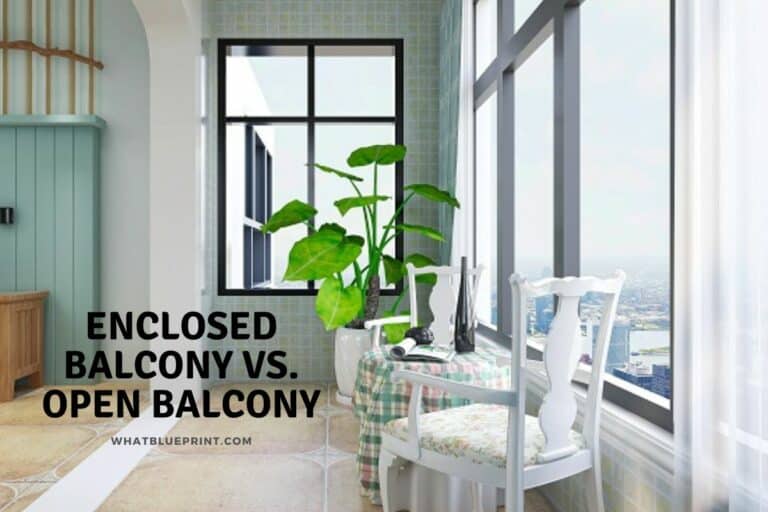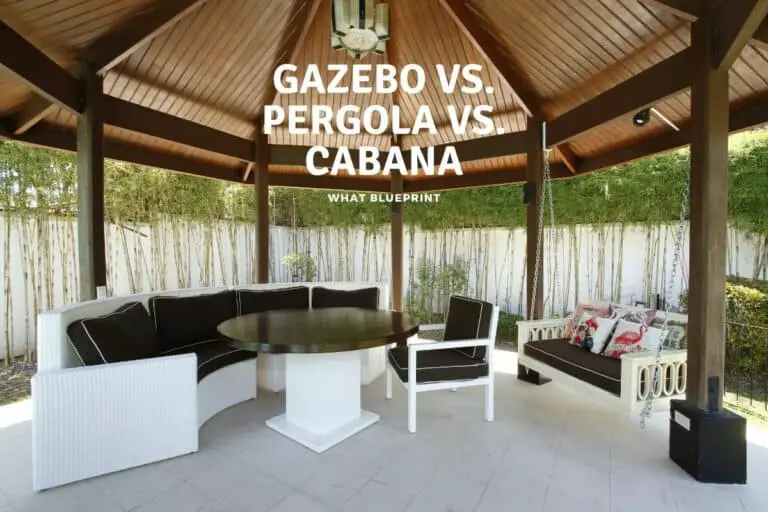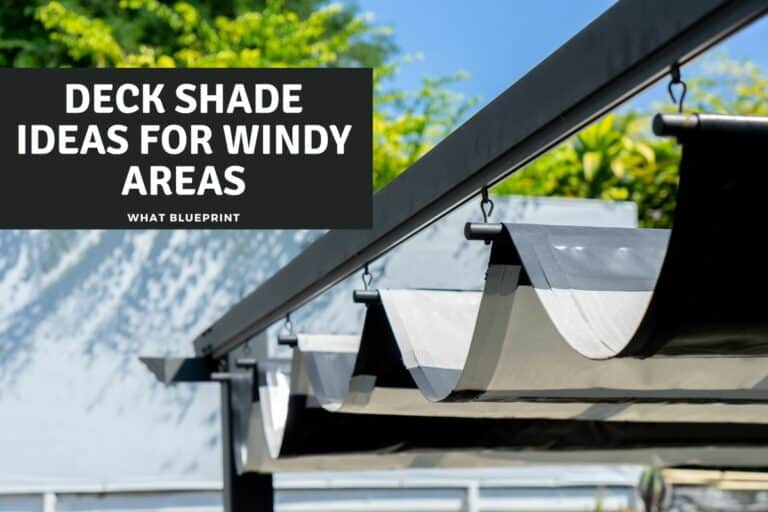Difference Between A Terrace And A Lanai
When friends told me recently that they were moving into an apartment with a lanai, I smiled indulgently and hoped they didn’t realize I had no idea what they were talking about! To be honest, my first guest was that it was some kind of indoor conservatory, but as often happens in these situations, the conversation moved off the subject, leaving me with a silly grin and none the wiser.
Differences Between a Terrace and a Lanai
We have highlighted the major differences between a terrace and a lanai for ease below.
A lanai has:
- Enclosed sides
- A roof
- Concrete floor – level with interior floor
- Can house a sunken pool
- Secured by walls and door
A terrace is:
- An open viewing space
- Often on the roof
- Usually hangs above another terrace
- No roof or walls
- Sunken pools are rare
- Secured by location
A lanai is open-sided with a roof and is called a veranda, porch, or patio, depending on your location. The word is Hawaiian in origin, and many hotels, homes, and guesthouses in Hawaii feature lanais prominently. Typically, it is included in the floor plans of a home and has a concrete floor, which is often later tiled or covered in decking, etc.
Terraced homes are usually called brownstones in the US but are still called terraced housing in Great Britain. In essence, they are homes that share side walls with their neighbors and usually have the same faćade. In poorer areas of England, the houses are called a Semi or Semi-detached and are, for all purposes, a single house split down the middle. (Each has a bathroom and kitchen of its own)
However, a Terrace is very different and is typically an elevated open viewing space that usually hangs one floor above another terrace. These are often seen in high-rise apartment blocks or hotels, where each terrace juts out slightly further than the one above, giving each access to sun and rain. They can be enclosed, and in colder locations often are.
This type of feature is an extension of a concrete floor and is included in all plans and typically built at the same time as the rest of the building. It was inspired by the rice terraces of Southeast Asia and the way those terraces make the most of each day’s sun and rain. Some believe the ancient Greeks inspired terraces, but I could find nothing ‘concrete’ to confirm this.
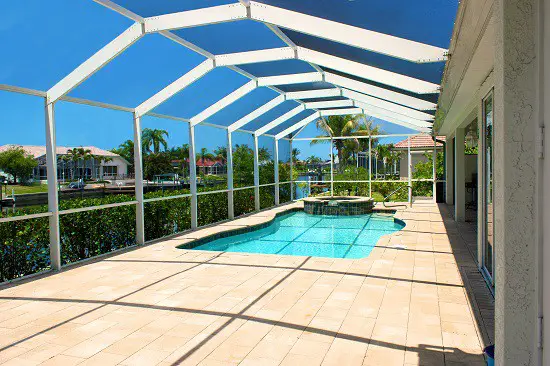
Characteristics Of A Lanai
Security
A lanai is generally considered a little safer than a traditional porch, veranda, or patio because it almost always has a roof, walls, and a door. Though the walls may be of glass or insect screen, they give one the feeling of safety.
Floor
As noted earlier, the floor is generally made of concrete, so it is more robust than a deck, and the structure feels more permanent. Together with the windows, it provides the homeowner or guest with that desired outdoor-living-while-still-indoors feeling. This is a regular choice among owners who plan to rent the space, either long or short-term.
Location
The lanai extends outwards from an existing room, usually into the garden. Because of the concrete floor and the fact that it is on plan and level with the roof from which it extends, a lanai counts toward a house’s total square footage
Contents
Unlike a balcony, patio, or veranda, a large lanai might well enclose a pool for swimming or, as I saw last week, for Koi fish or some other reason.
Usage
In warmer climes, a lanai is used year-round. Warmer months for cool breakfasts out of the beating sun, swimming in a pool if available, or listening to the birdlife while engrossed in a good book.
Cooler months find the lanai to be a haven from cold winds or rain, and an indoor BBQ is a perfect addition to the peaceful area.
Cost Of Building A Lanai
U$7 per square foot seems to be the current average rate of building a lanai, though this naturally depends on location, raw materials and labor availability, and several other factors. Pavers, window frames, a pool, etc., will dramatically change this cost.
Will A Lanai Add Value To Your Home?
Normally, yes. You will add an enclosed room to your home, and this will rarely fail to add good value. Do it sensibly and in a way that suits your home, and you will reap the reward when you sell.
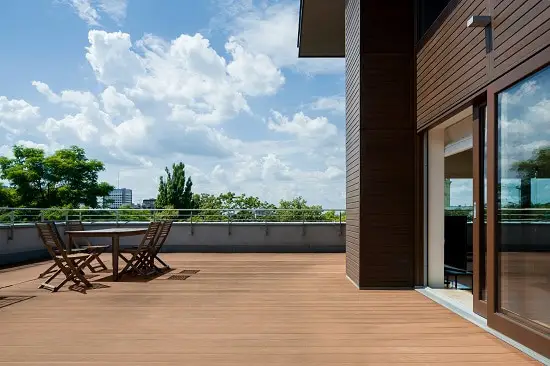
Characteristics Of A Terrace
Security
A terrace is very safe – to all but the most intrepid cat burglar – as it is usually set above the second story of a building.
Floor
A concrete extension of the interior floor, a terrace is built at the same time as the rest of the building. It is rarely covered in decking, but this occurs occasionally. Tiles are regularly used for a more pleasing effect.
Location
Off the external wall of apartments, hotels, and even some office blocks, terracing can be used for leisure, business, crops (like vegetables), or Retreat areas. Generally stand-alone with no neighbors to the sides, these areas are very private.
Contents
Sunken pools are very difficult and ridiculously expensive to add to a terrace, but they do exist. More common are Spa Baths and elevated pools if required, but BBQs, garden furniture, etc., are the norm.
Usage
Often used for parties, a terrace is a great place to stargaze, birdwatch, or just chill out. It can be used all year, but its height limits winter usage in colder climes. The opposite applies to hot locations, where the cooler winter breezes are heartily welcomed.
Size
Terraces are not always building-wide and can simply curl around a corner of the home, depending on requirements. I recently visited a family member with a 20 sq foot terrace above a rock pool in their garden.
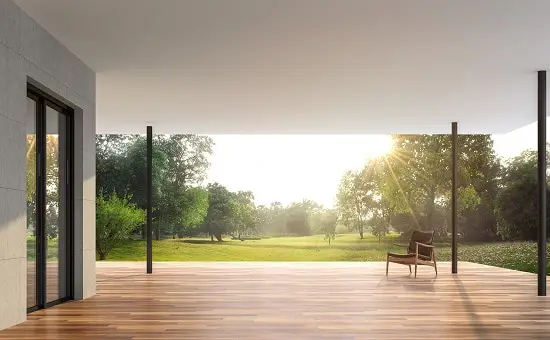
Conclusion
It seems from my research that a free-standing home might more typically have a lanai, while a terrace is almost always part of a larger building or apartments, offices, etc., often on the roof. The lanai is almost always enclosed, and the terrace only seldom so.

